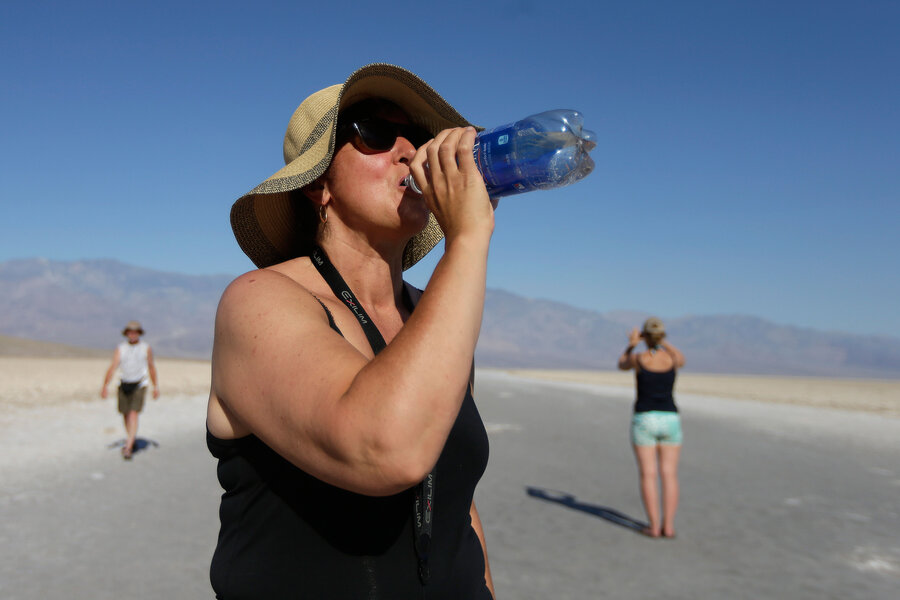Why drought might be the new normal for the American Southwest
Hang tight, Golden state. Californians longing for "good old days" of steady rainfall might be waiting for a long time.
California's current drought could become a more regular phenomenon, according to a study published Thursday in the journal Geophysical Research Letters arguing that the storms that usually bring rain to the Southwestern states are becoming rarer.
"Droughts are occurring there more easily," Andreas Prein, the study leader and a postdoctoral researcher at the National Center for Atmospheric Research, told the Associated Press.
The study, based on broad storm patterns rather than day-to-day rainfall, suggests the Southwest's rain and snow comes primarily from low-pressure storms in the North Pacific Ocean off the coast of Washington.
During the years between 1979 and 2014, such wintertime storms formed less and less frequently.
"The weather types that are becoming more rare are the ones that bring a lot of rain to the southwestern United States," explained Dr. Prein in a press release. "Because only a few weather patterns bring precipitation to the Southwest, those changes have a dramatic impact."
All this points to a drier Southwest and more frequent droughts. Some researchers believe the Southwest and California are currently in the midst of a long-term "dry spell" that began after an El Nino 17 years ago, Henry Fountain reported for The New York Times.
Tree ring studies conducted by Professor Scott Stine of California State University, East Bay, among others, suggest that tumultuous "megadroughts" of 20 years have occurred in the last few centuries, and modern California life has been based on several decades of unusually high rainfall for the area.
“Equally as important but much easier to forget is that we consider the last 150 years or so to be normal,” Dr. Stine told The New York Times. “But you don’t have to go back very far at all to find much drier decades, and much drier centuries.”
The states of the Southwest may consider conserving more water than they have in recent decades, as California did last summer, as they return to the more water-conscious lifestyles adopted by the West's earlier settlers.
“Understanding how changing weather pattern frequencies may impact total precipitation across the U.S. is particularly relevant to water resource managers as they contend with issues such as droughts and floods, and plan future infrastructure to store and disperse water,” said Mari Tye, a co-author of the storm pattern study and scientist at the National Center for Atmospheric Research, in a press release.
The researchers in the storm pattern study based their predictions on the storms between 1979 and 2014, a period when the Southwest experienced two major droughts peaking in 1988 and 2000, although these droughts ranked behind similar rainfall shortages in the 1930s and 1950s, according to the National Oceanic and Atmosphere Administration.
As such, the new study provides another measure of decreased precipitation in the Southwest, an area where some of the toughest battles have always involved water rights.







